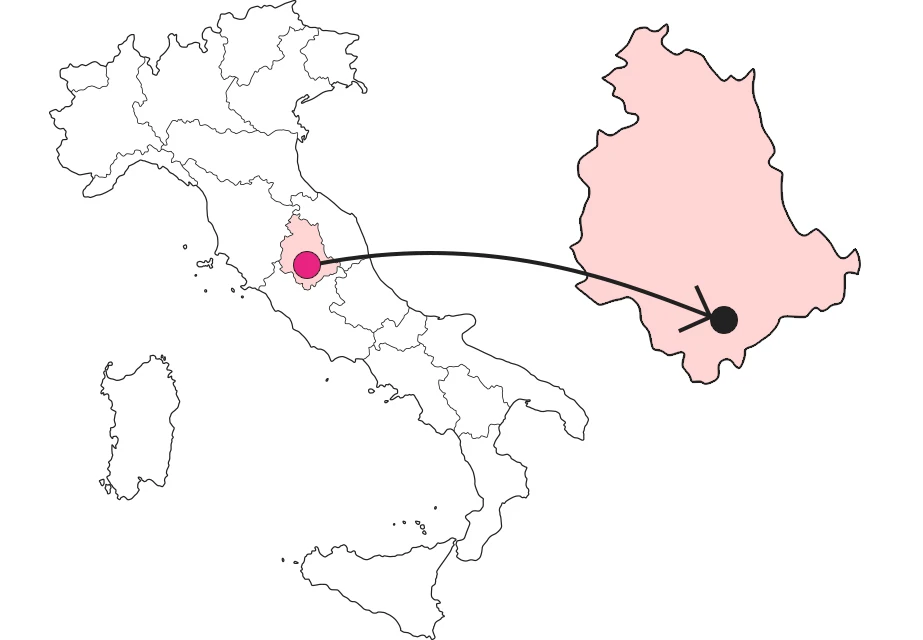









Where

What it is and where it is
That of San Giovenale is probably the oldest church in the city of Orvieto. It stands at the western end of the city cliff, on the remains of an earlier early Christian church, formerly dedicated to the same saint, which in turn was built near an ancient Etruscan temple dedicated to Tinia (Jupiter).
Why it is special
At present, the church of San Giovenale retains the simplicity of Romanesque forms, with a facade of squared tufa ashlars, in which the central portal opens with a round arch. On the left side of the facade stands the bell tower, the upper part of which has been remodeled several times due to lightning damage, while on the right side of the building opens a portal in Renaissance style, decorated by the bas-relief bust of St. Juvenal, in bishop's robes, dated 1497.
Not to be missed
Inside, the church is divided into three naves, the larger central one truss-vaulted, the two smaller side naves barrel-vaulted. On the walls, thanks to restoration work carried out in modern times, the remains of some valuable frescoes of medieval Orvieto painting, dating from around the 13th century, have been brought to light.
A bit of history
The layout of the modern building dates back to 1004, when it was commissioned and financed by some of the city's noble families: the Conti, Rossi, Di Marsciano, Ranaldini and others who lived in the Olmo district.
Curiosity
Unfortunately, part of the interior frescoes had been plastered over and covered in white, around 1640, perhaps as a result of a sanitization process of the church that had been a refuge and shelter for plague victims during the severe epidemic.
Enter the Map of Italy's Undiscovered Wonders and find treasures where you least expect it... Inspire, Recommend, Share...
Contacts
Collections
The Map thanks:
In the Community
Enter the Map of Italy's Undiscovered Wonders and find treasures where you least expect it... Inspire, Recommend, Share...
Where

Contacts
Collections



